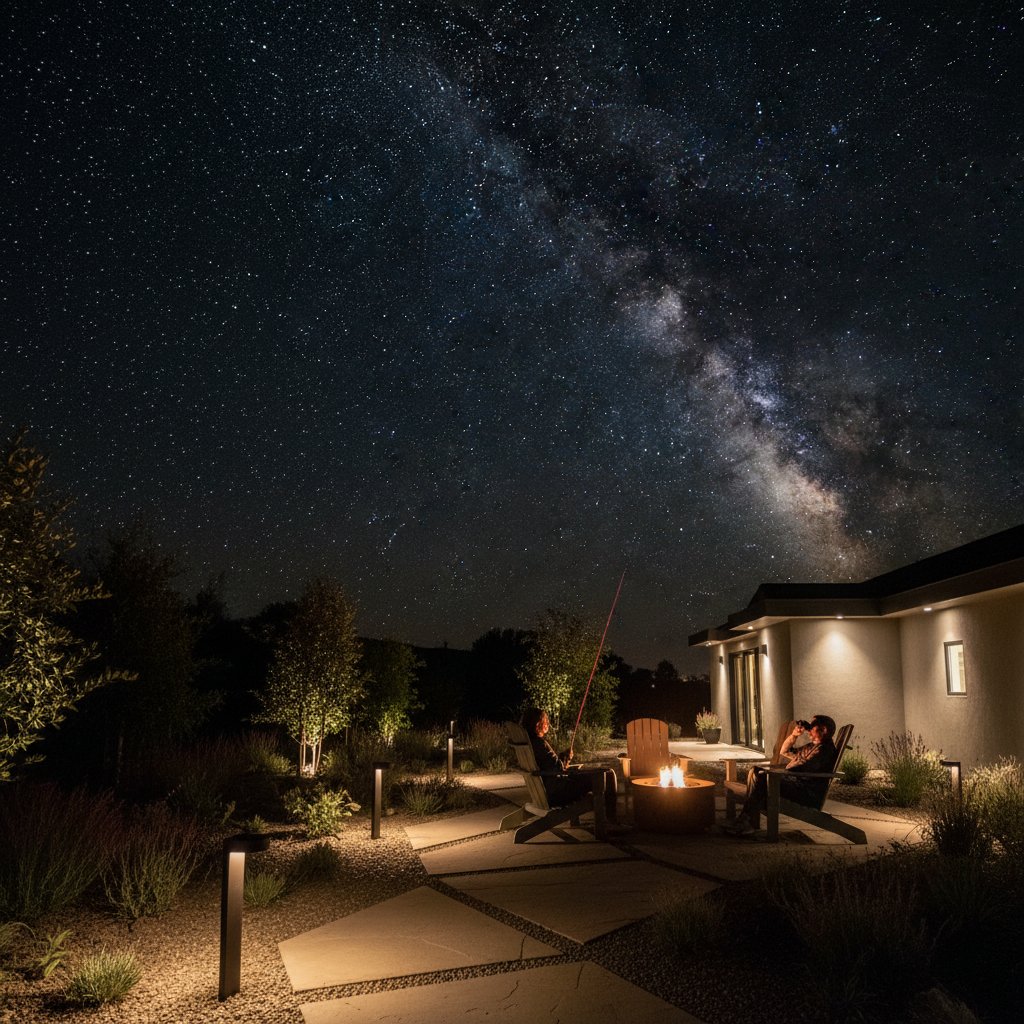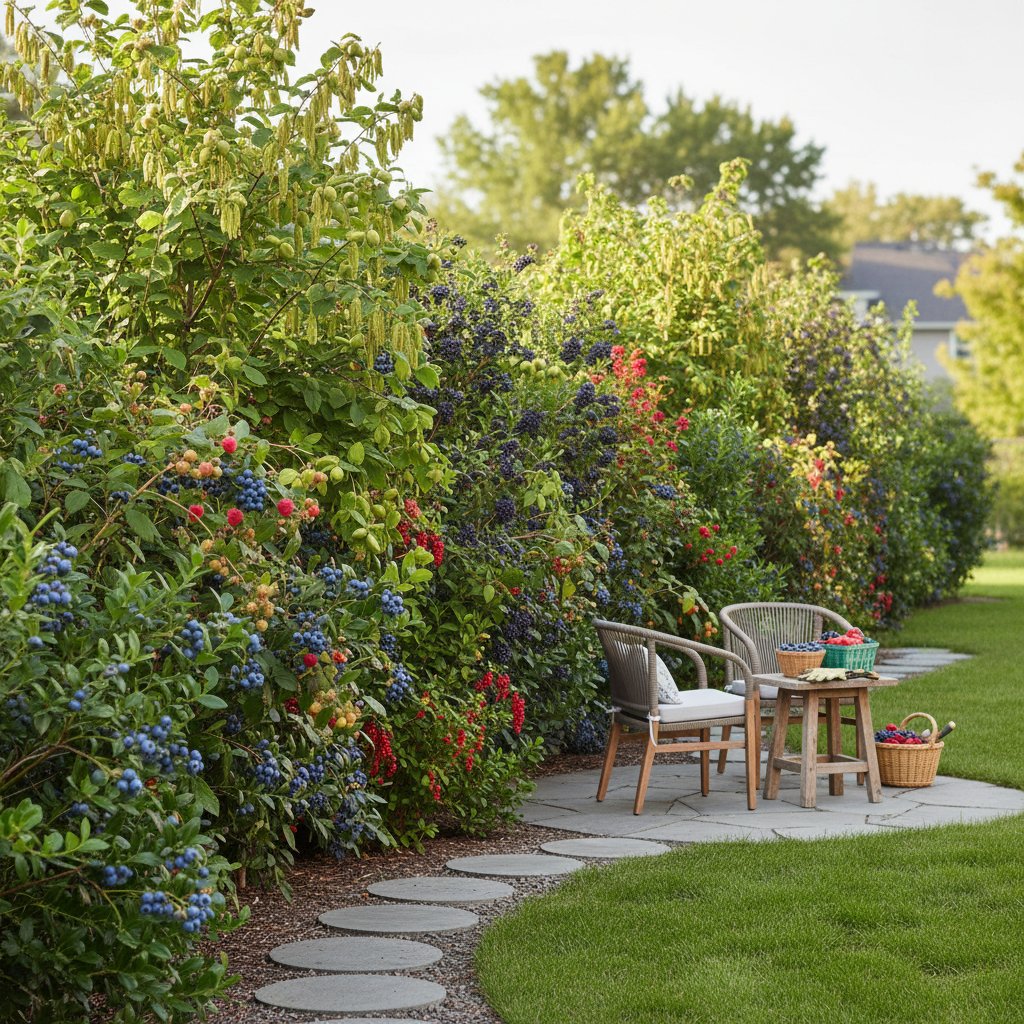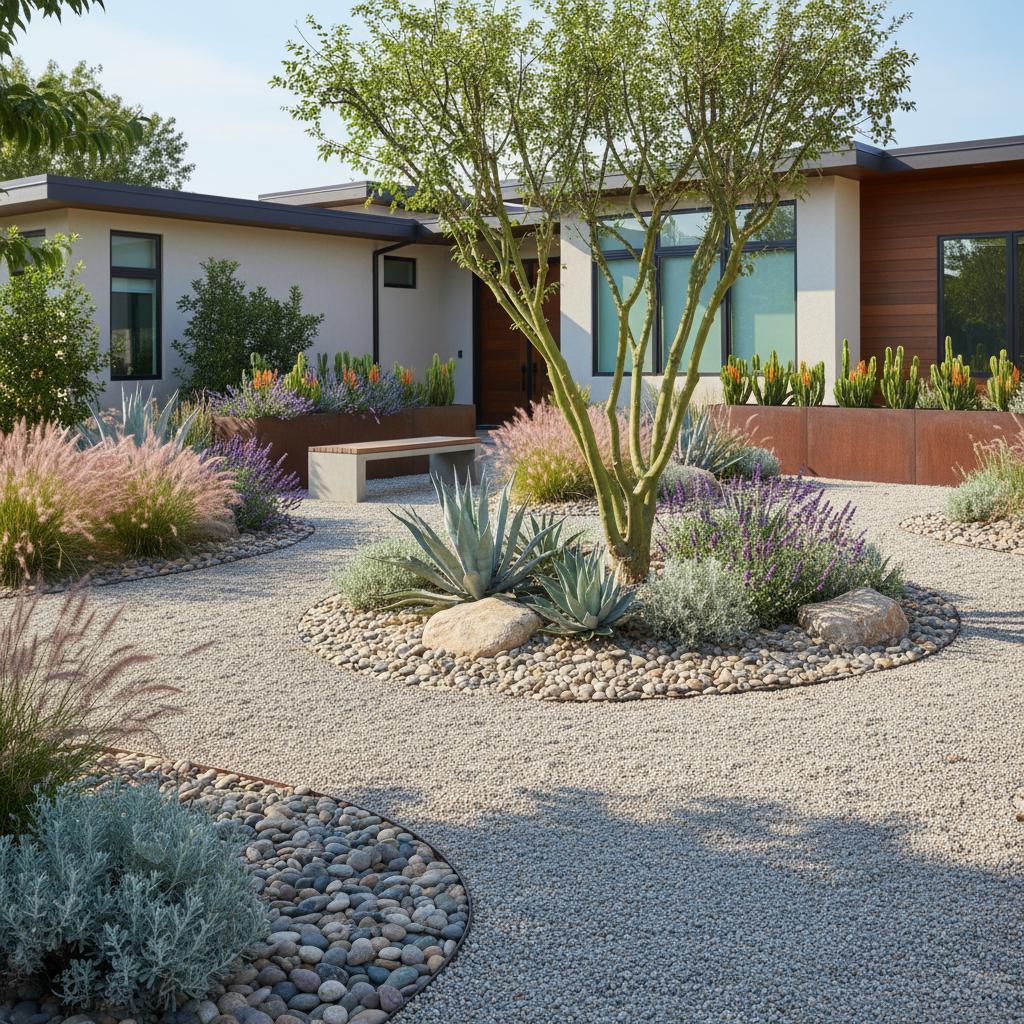Gravel Gardens: Effortless Beauty Aligned with 2025 Trends
A gravel garden integrates seamlessly into its environment, evoking a sense of timeless belonging. The subtle interplay of textures and subdued colors conveys simplicity and resilience. This approach to landscaping emphasizes restraint, transforming basic elements into enduring outdoor spaces that align with contemporary preferences for sustainability and ease.
The Core Appeal of Gravel Gardens
Gravel gardens achieve harmony by combining plants suited to sparse soil with the stable foundation of stone. This combination yields a landscape that appears both organized and organic. Gravel serves as a versatile base, blurring boundaries between walkways, borders, and planted areas while modulating light to create dynamic yet understated visual shifts throughout the day.
Homeowners appreciate this style for its reduced upkeep demands. Established gardens suppress weed growth more effectively than tilled earth, retain soil warmth for roots, and facilitate efficient drainage. Such features provide an ideal solution for those seeking vibrant yet undemanding outdoor areas.
Establishing Structure with Texture and Form
Effective gravel gardens rely on deliberate structure to guide the overall composition. Consider the desired atmosphere first: envision a relaxed Mediterranean vibe with soft, silvery leaves against warm gravel, or a sleek modern arrangement featuring bold plant forms against dark aggregates.
Texture defines the aesthetic direction significantly. Opt for fine pea gravel to achieve a refined, contemporary surface, or select chunky, uneven pebbles for a more rugged appeal. To build depth without disorder, limit variations to two or three sizes and repeat patterns across the design for unified tranquility.
For layout, direct visual flow intentionally. Incorporate winding paths to encourage leisurely discovery, or employ linear edges for a sense of precision. Use edging like corten steel, reclaimed brick, or fieldstone to delineate zones subtly; introduce minor elevations, such as a 6-inch berm or a 4-inch depression, to enhance light play and shadow definition.
Selecting Resilient Plants for Gravel Settings
Plant choices determine the garden's character, from casual informality to polished sophistication. Prioritize species adapted to arid, fast-draining conditions, typically originating from rocky terrains or seaside habitats that endure intense sunlight and irregular moisture.
Reliable options encompass:
- Lavender varieties, such as Lavandula angustifolia, for aromatic upright forms
- Sedum species and sempervivums for mat-forming coverage at ground level
- Creeping thyme or oregano as multifunctional groundcovers with edible qualities
- Ornamental grasses including Festuca glauca or Nassella tenuissima for gentle sway
- Agapanthus or bearded iris for striking height and bloom accents
Incorporate a blend of perennials and evergreens to maintain year-round vitality. Allow faded grasses and seed pods to persist into winter, providing textural interest and habitats for birds and insects. This practice fosters a collaborative dynamic between gardener and nature.
Harmonizing Color and Tonal Elements
Gravel varieties present diverse hues to influence mood and scale. Light limestone gravel illuminates dim areas, whereas basalt or slate in deeper shades anchors bright exposures. Neutral tones like buff or amber evoke coastal serenity, particularly when accented with clay pots or masonry features.
Test gravel selections on-site, as small swatches alter dramatically in larger expanses; spread 1-square-foot samples in varying lights to evaluate. Coordinate plant colors to complement the base: gray-green leaves enhance neutral stones, lavender flowers pop against light aggregates, and golden blooms align with warmer substrates.
Sustain visual rhythm through repetition. Echo a single hue across foliage, petals, and gravel in clustered groupings, such as three to five plants per color block, to promote cohesion over scattered diversity.
Fostering Ecological Harmony
Beyond aesthetics, gravel gardens cultivate biodiversity. The permeable surface permits self-sowing of local flora, while nectar-rich flowers attract bees and butterflies. Exposed stones offer basking spots for reptiles and nesting materials for avian species.
This design minimizes resource use, requiring infrequent irrigation and eschewing synthetic inputs. Care shifts from labor-intensive tasks to mindful monitoring, such as seasonal assessments of drainage or pollinator activity. Such gardens instill appreciation for gradual, self-sustaining processes.
Adapting to Seasonal Evolution
Gravel gardens evolve organically over time. Precipitation redistributes particles, breezes sculpt contours, and plants expand their reach. Embrace these changes by observing patterns: identify low spots prone to pooling or emergent weed hotspots for targeted adjustments.
Routine care remains straightforward. Rake surfaces weekly to redistribute evenly, clear fallen leaves promptly to prevent staining, and replenish gravel depths to 2 inches every two to three years. Address weeds at the seedling stage by hand-pulling to maintain clarity without disruption.
Implementing Your Gravel Garden Design
For newcomers, initiate with a modest project like a 10-foot pathway or a 5-by-5-foot border to familiarize with material properties. Observe how hues shift from morning sun to evening glow, how the texture supports foot traffic, and how selected plants establish roots.
Success stems from intentional material and plant pairings. This method yields a sophisticated landscape that sustains itself gracefully, delivering lasting serenity and environmental benefits for seasons to come.



